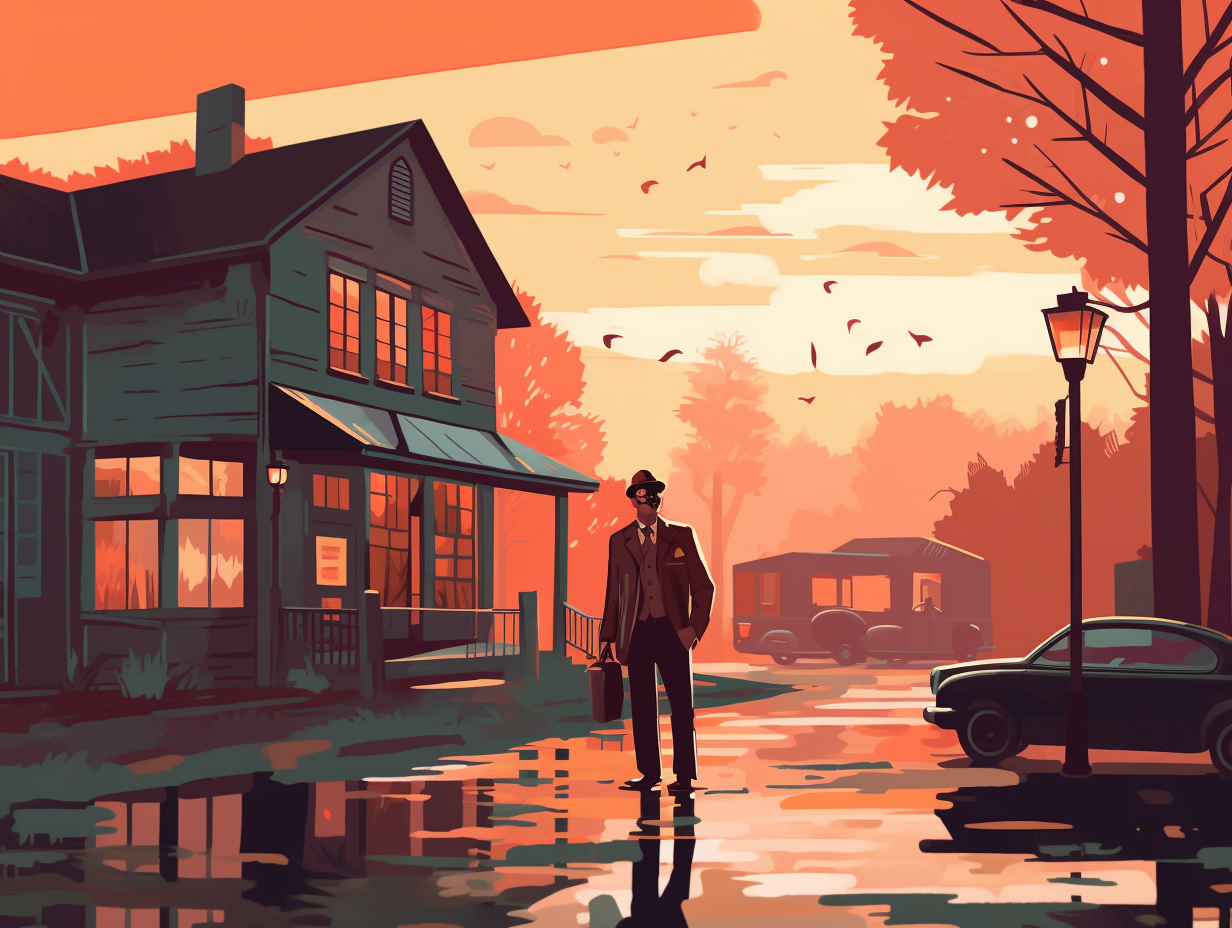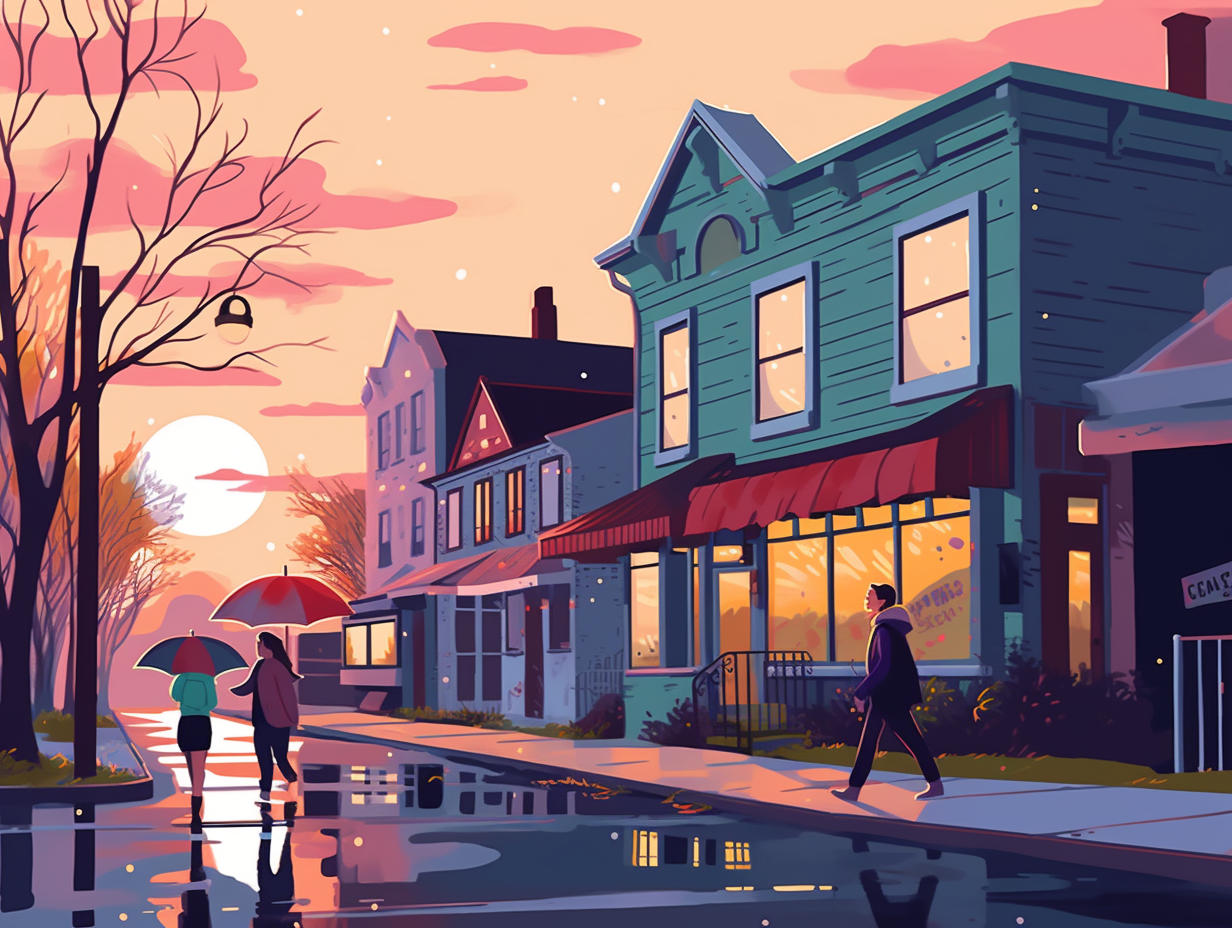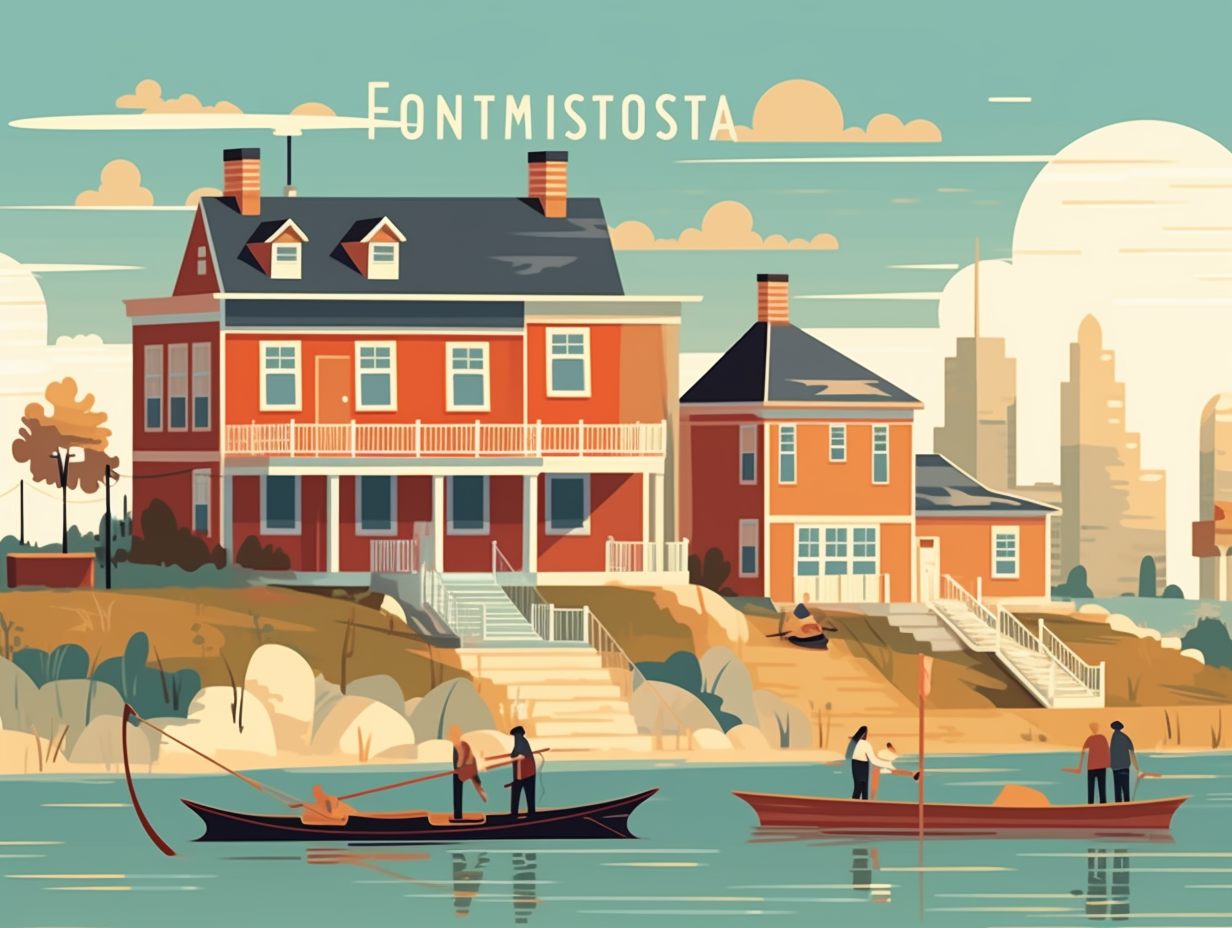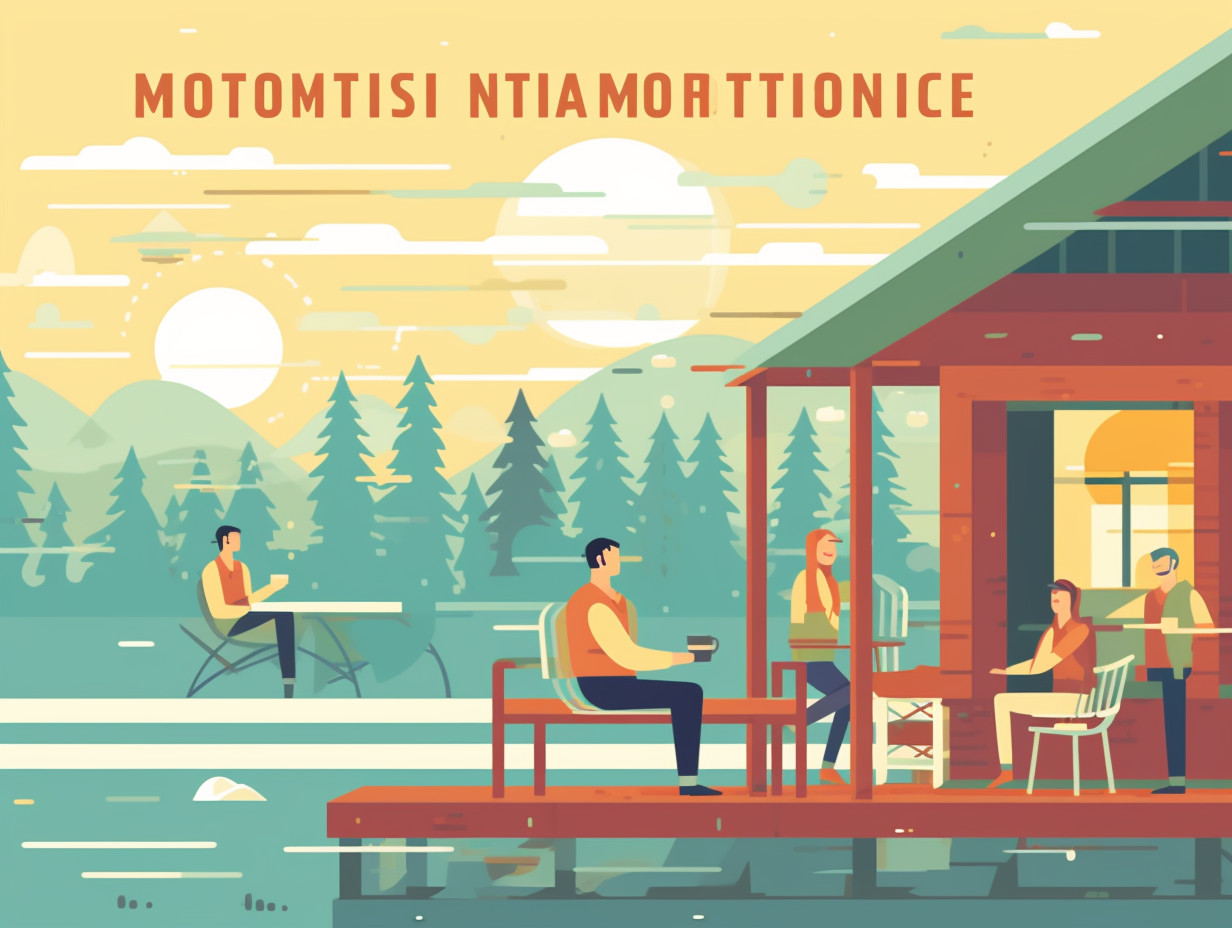Discover the Top 10 Fascinating and Fun Facts About Wigwams: Unveiling Hidden Gems of Native American History
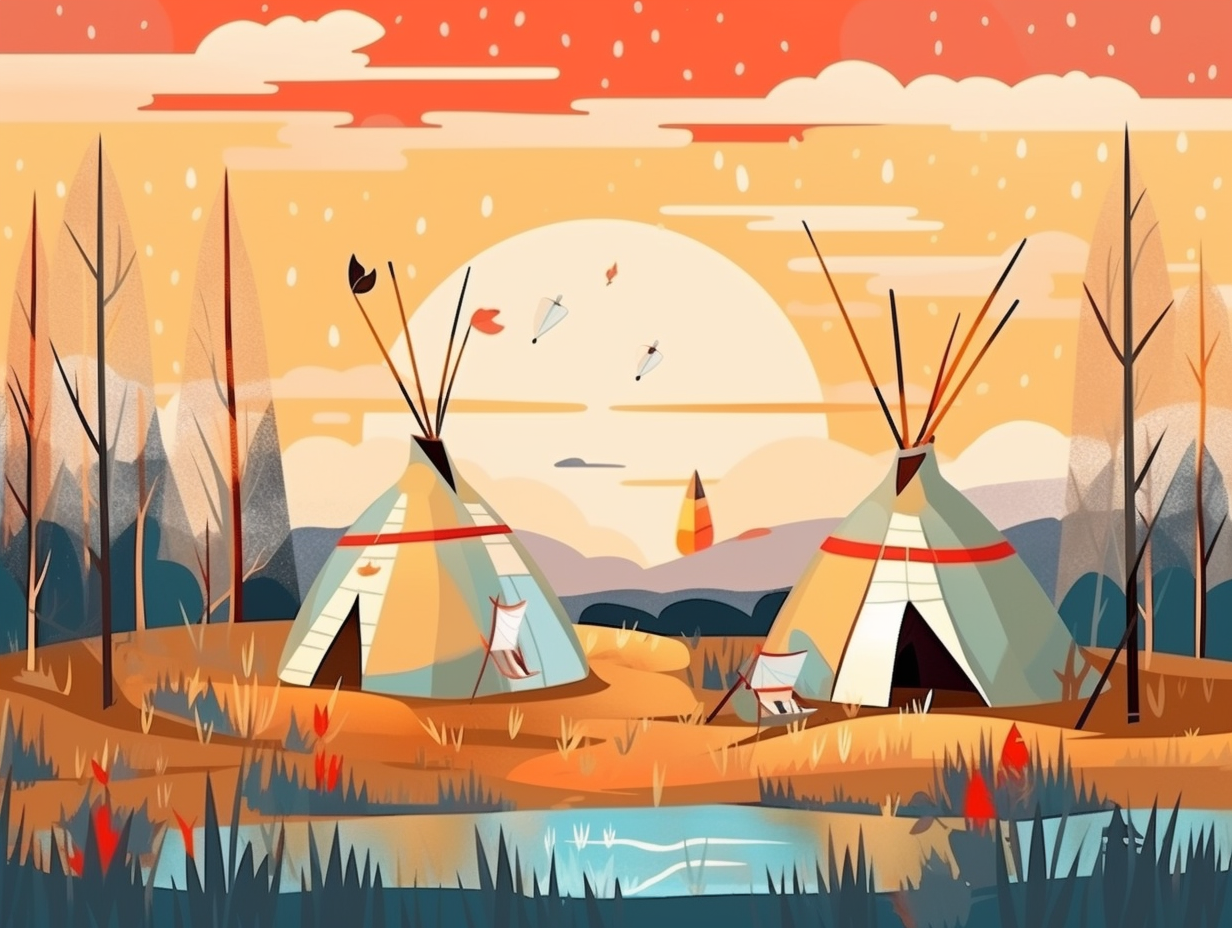
1. Eco-friendly Tiny Homes
Wigwams: the original tiny homes that made Marie Kondo proud with their minimalistic design and oh-so-spacious 10 to 16-foot diameters. But seriously, folks: Wigwams were semi-permanent dwellings used by Native American tribes, built with wooden frames and various natural roofing materials for ultimate versatility. And unlike today's edgy studio apartments, these cozy homes only took three days to construct! Now that's ecologically sustainable living at its finest.
Source => en.wikipedia.org
2. DIY Native Projects
Before the invention of Home Depot, wigwams were the Native American tribes' very own DIY home projects: using arched wooden poles from young saplings as a frame, and covering it with locally sourced materials like birchbark, grass, rushes, or animal hides, they would create shelter that was as eco-friendly as it was charmingly rustic.
Source => wonderopolis.org
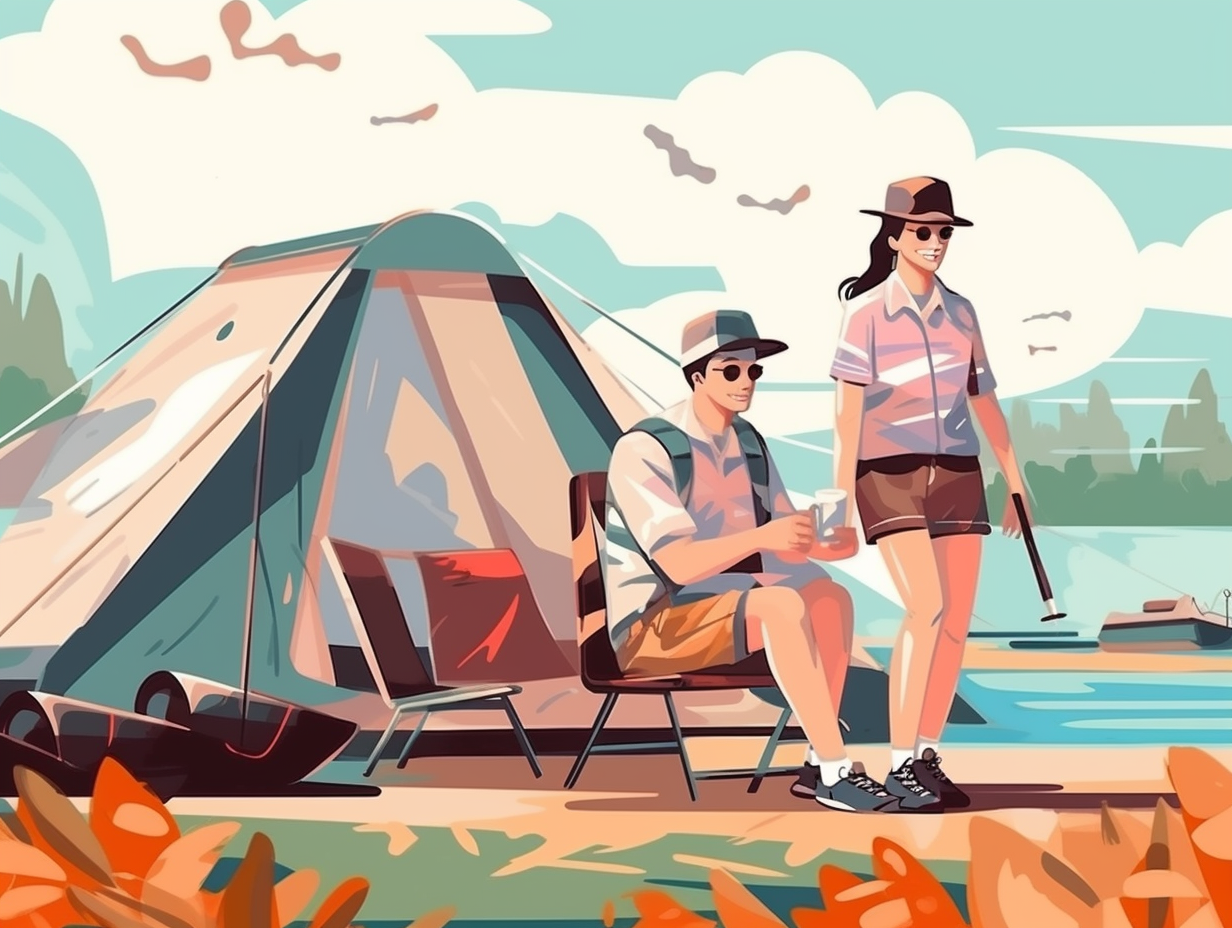
Did you know bears have an incredible sense of smell and can be attracted to your campsite by the faintest food scent? Learn how to avoid a beary uninvited guest with proper food storage and disposal tips.
=> Fun Facts about Camping
3. Home is Where the Heart Is
If wigwams could talk, they'd say "home is where the heart is - please don't take us with you": These dome-shaped abodes, unlike their cousin the teepee, were used by Native American tribes as semi-permanent residences during farming seasons, and were often left behind when the tribe moved to temporary hunting camps during winter.
Source => wonderopolis.org
4. Craftsmanship Masterpieces
Before you mistake it for something a hairstylist would live in, wigwam your way into the real deal: Originally constructed by the Algonquin Indians, wigwams were permanent dwellings made from ash and basswood saplings, showcasing impressive craftsmanship and effort, a far cry from their teepee counterparts.
Source => wikihow.com
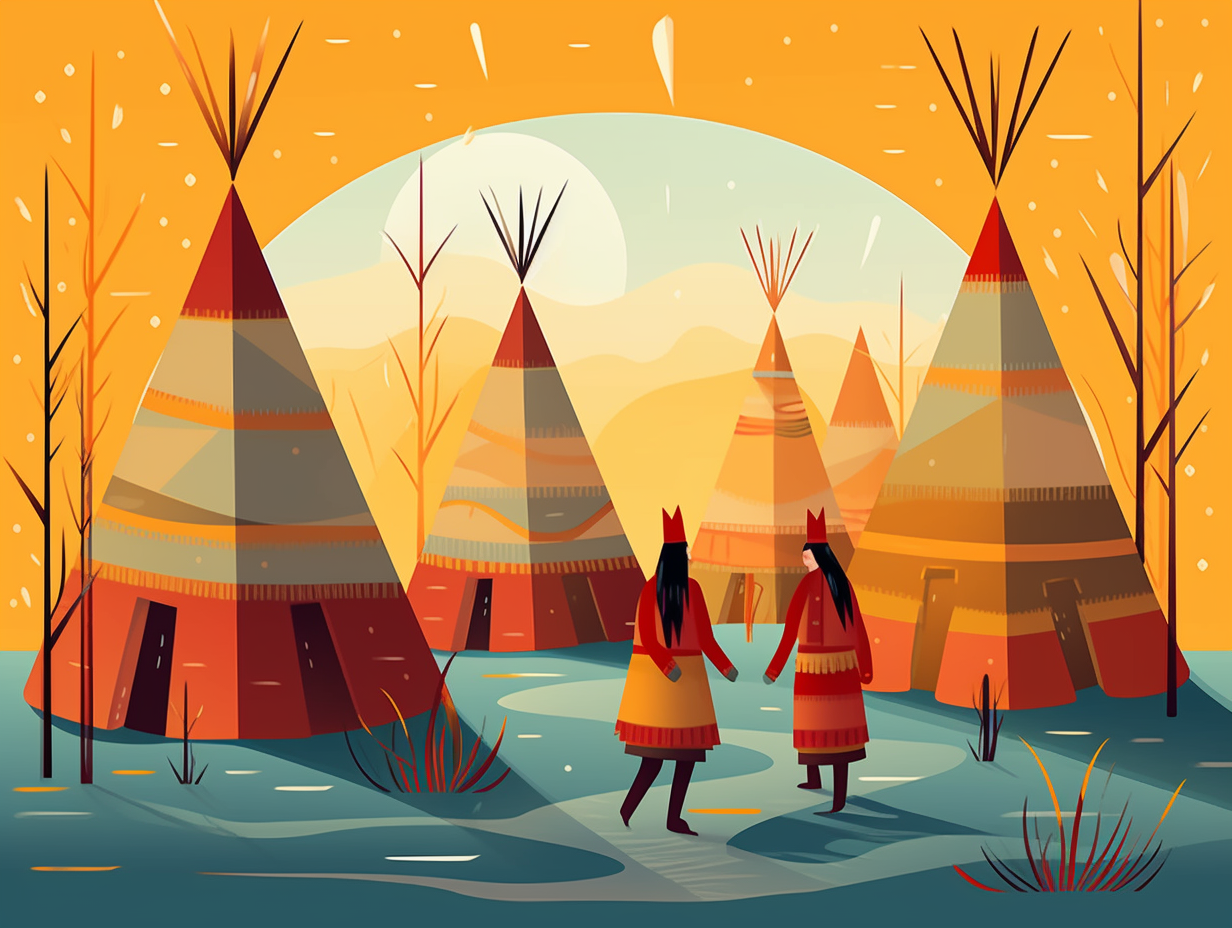
5. Human-sized Burrito Shelters
Move over, human-sized burritos: Native Americans were wrapping their wigwams way before Chipotle was even a thing! These northerners would coat their comfy abodes in the all-natural, insulating goodness of birch or elm bark: To protect against the northern winters, they'd collect large sheets of the abundant materials and tie them to the wigwam frame using strips of basswood bark, ensuring a cozy and well-insulated base of operations.
Source => the-gray-wolf.com
6. Local Materials Experience
If wigwams were listed on Airbnb, they'd offer a unique "local materials" experience package: These cozy abodes were built using tree saplings, grasses, bark, buckskin, cloth, and whatever else the natural environment offered, although the exact components varied based on the region and available resources.
Source => thekidshouldseethis.com
7. Diverse Wigwam Designs
If wigwams could talk, they'd say "You can't judge a home by its cover": Algonquin Native Americans traditionally used various materials like birch bark, animal hides, or woven cattail mats for their wigwams, tailoring the design to their tribe's needs and environment.
Source => wikihow.com
8. Environmentally Friendly Homes
When early settlers asked, "Wigwam sweet wigwam?" they weren't simply swapping home for wig: Native American tribes were creating cozy, environmentally friendly homes long before modern architects caught on. Surprise construction tidbit: Wigwams, used by many Native American cultures, were made by bending tree saplings into an arched frame and covering them with regionally-sourced materials like birch bark, grass, or animal hides, providing enough room within their 8-10 feet tall, domed structures that were more permanent than portable teepees.
Source => wonderopolis.org
9. Stylish Ancient Structures
Whoever said Native Americans didn't know how to camp in style clearly never laid eyes on a wigwam: These cleverly-constructed shelters were temporary homes designed to protect against cold, rain, and wind, made using just four wooden sticks, rope or ribbons, and fabric. Oh, and they also doubled as amazing playgrounds for children, spacey backyard hideaways, and vibrant interior decorations with flags, curtains, and traditional Native Indian patterns. Talk about the ultimate multitaskers in ancient real estate!
Source => lushome.com
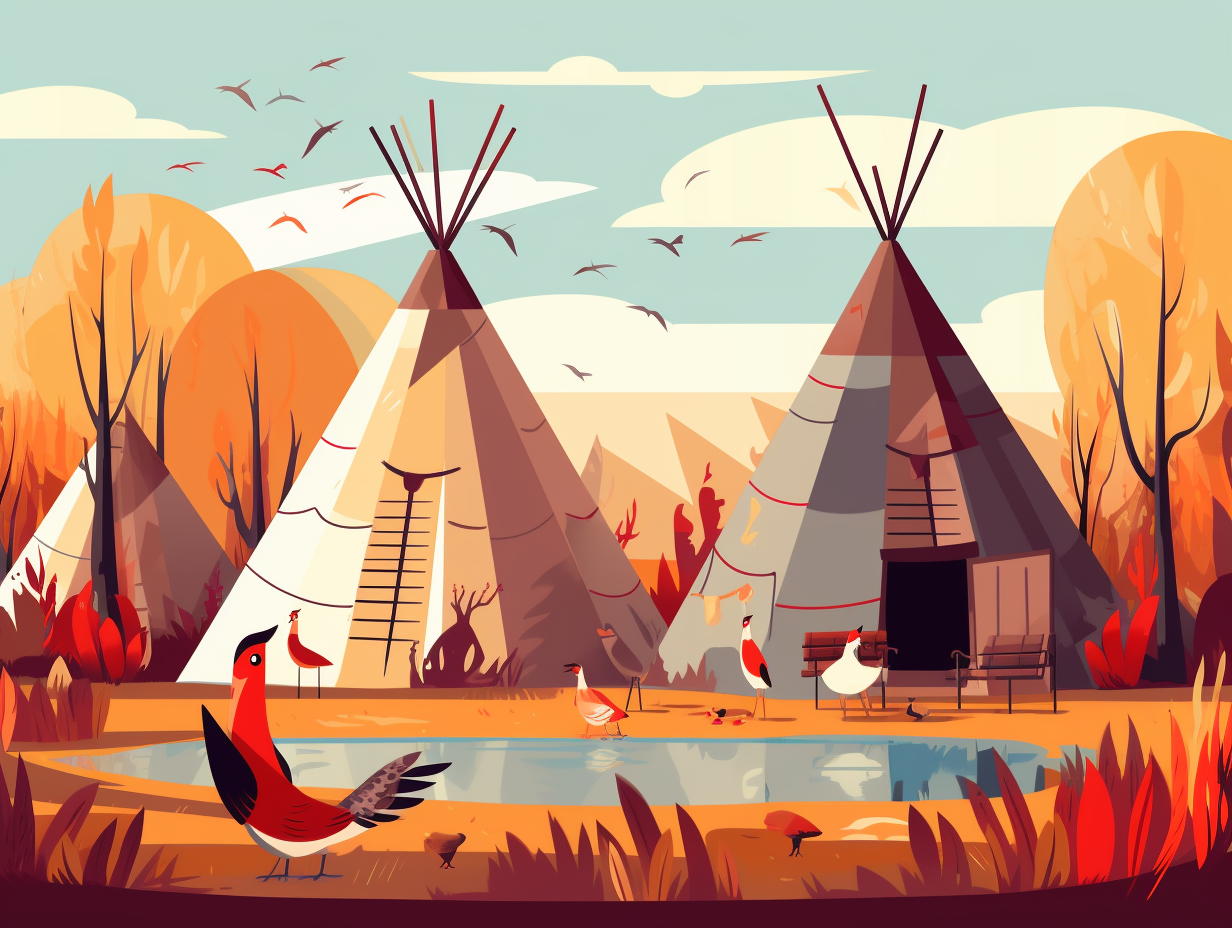
10. Quick Forest Airbnb
Before GPS and five-star hotels, our Indigenous friends knew how to make a quick Airbnb in the woods: Wigwams were semi-permanent housing structures used by many Indigenous peoples in North America, made from natural materials like tree bark, animal hides, and grasses, easily assembled or disassembled, perfect for nomadic lifestyles.
Source => outdoorgearlab.com
Related Fun Facts














